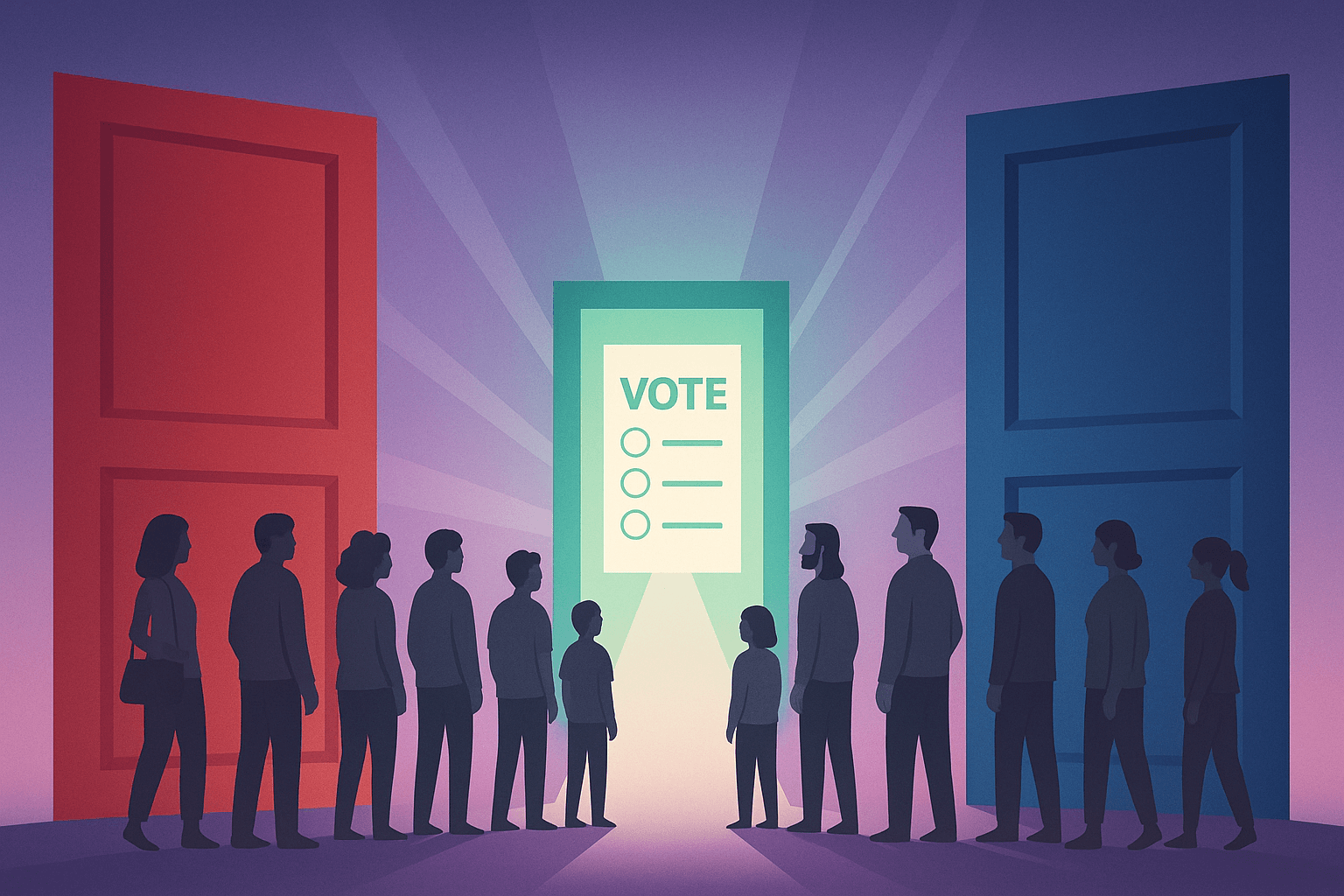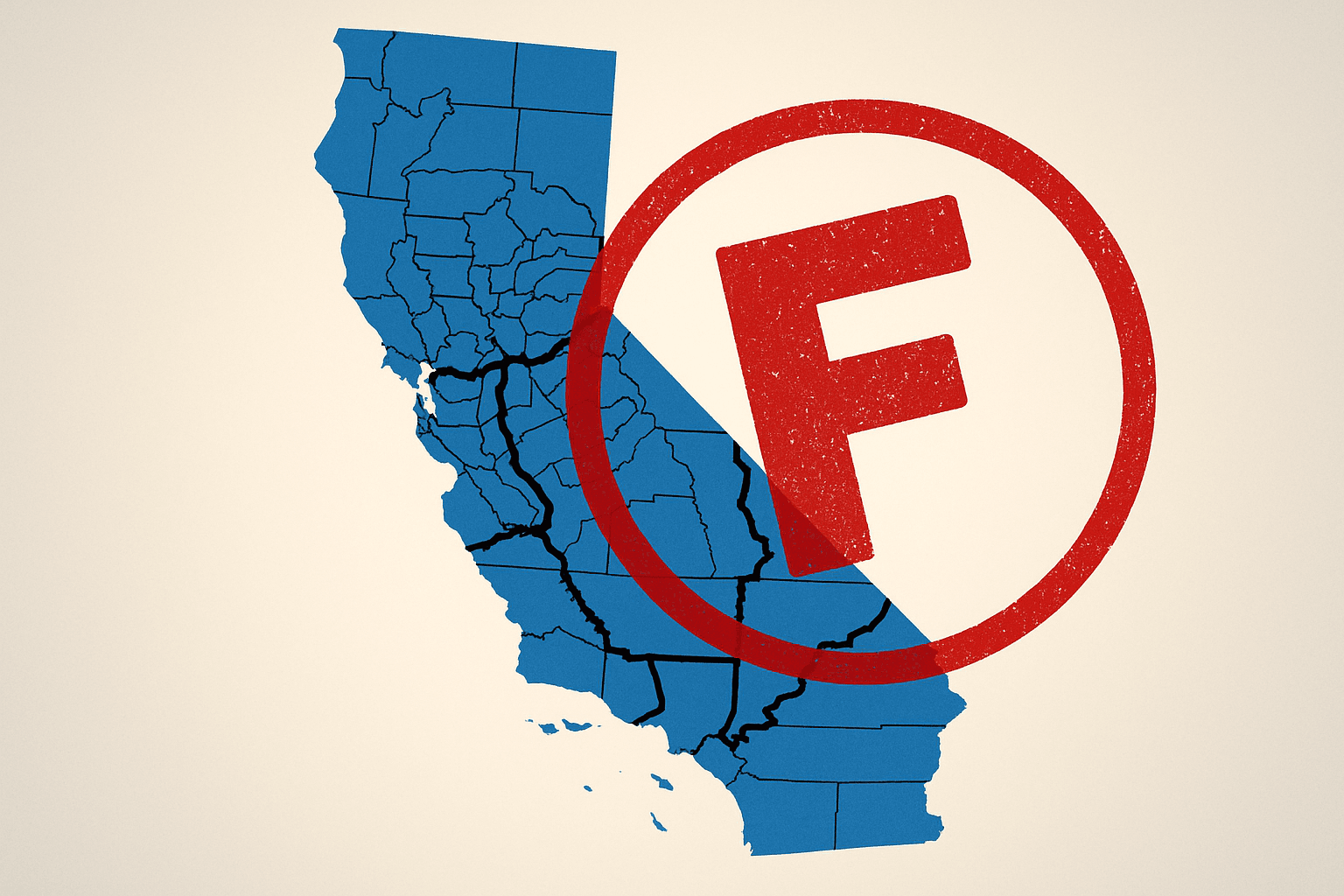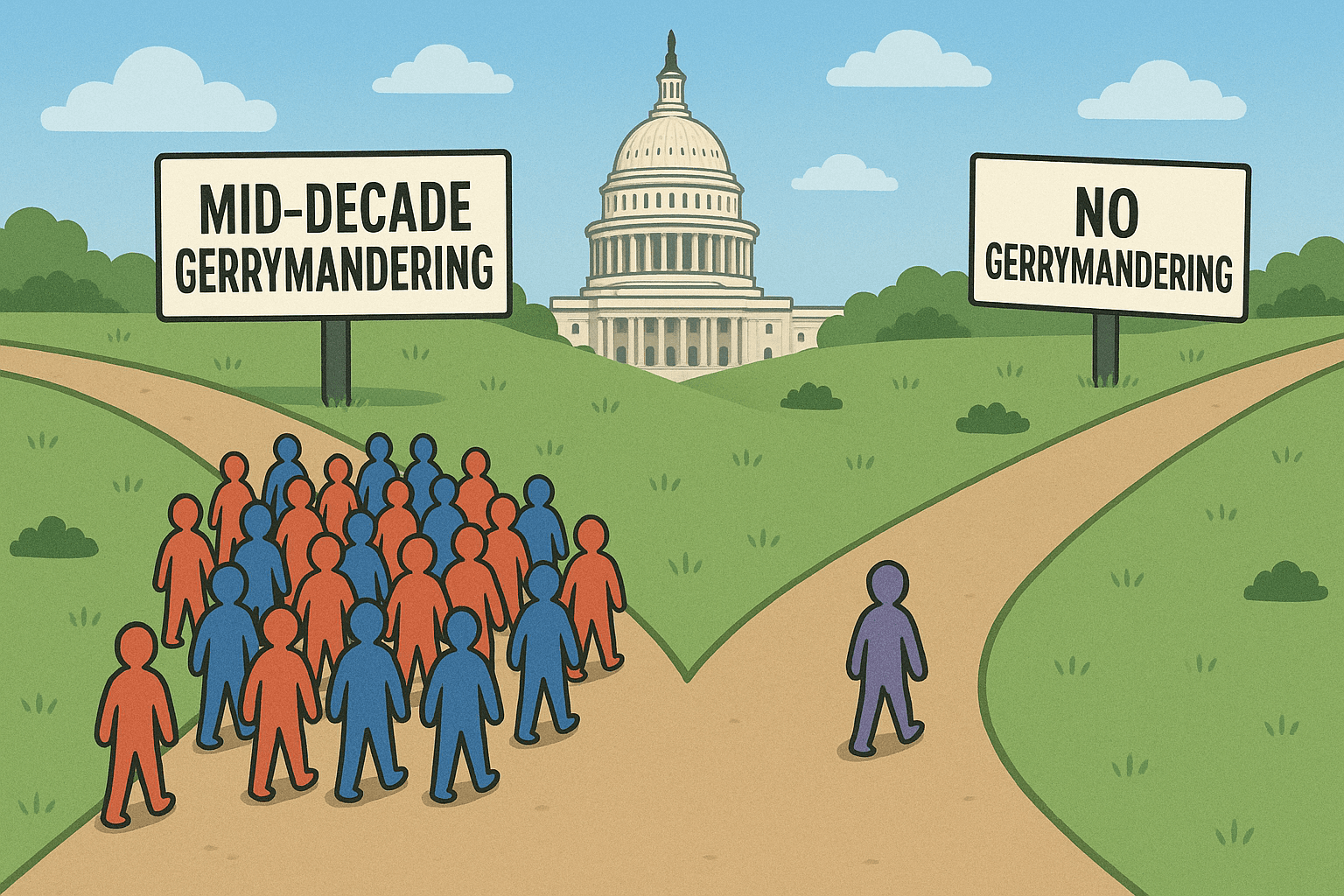Should The President of the United States Be Elected By Popular Vote? by Chip Brown

As a Congressional Research Service report (CRS Report RL32612) characterized the process, the President of the United States is elected “…under a complex arrangement of constitutional provisions, federal and state laws, and political party practices known as the electoral college system.”
It is an indirect method of election in which, by constitutional design, the voters do not have the final word on whom the president will be; a group of electors does. For this reason, and others cited below, the Electoral College should be abolished, or failing that, a process needs to be adopted to ensure that the national popular vote total is the sole determining factor in who becomes President.
The delegates to the Constitutional Convention considered several options for electing the President, including direct popular election, but they ultimately settled on what in their minds was an indirect but still democratic method, the Electoral College. To that end, the Constitution provides that each state shall appoint a number of electors equal to the number of Senators and Representatives it has in the Congress.
Electors are selected in a manner prescribed by the state legislatures. Most state electors today are elected by the voters (but that has not always been the case), but the public has no constitutional right to vote for electors, affirmed most recently in the case of Bush v. Gore (2000).
Among the reasons for adopting the Electoral College, as opposed to direct popular election, was the desire to take the selection of the president from the hands of a popular majority and put it into the hands of a group of citizens presumably better informed and less subject to influence by special interests, foreign governments, and political factions. The delegates to the Constitutional Convention saw that type of influence as a real possibility in the early days of this country, and it was anticipated that electors, meeting in the individual states, would find it difficult to enter into such intrigues or to be subjected to such manipulation. Thus, the Constitution does not prohibit electors from acting as free agents and exercising their discretion in casting their ballots for president.
Nevertheless, some state laws attempt to bind electors to support the winner of the popular vote in that state, but there is really no effective way to enforce that. Electors can choose whomever they wish as long as their choice meets the constitutional qualifications for holding the office. In practice members of the Electoral College have become—in fact, almost immediately upon the establishment of this nation they became—political party functionaries who routinely and without thought, deliberation, or assessment of the qualifications vote for their party’s nominee. Thus, in this regard, the Electoral College has not functioned as intended.
But there are other problems with the Electoral College:
- The candidate with fewer popular votes can be elected over the candidate with more. (e.g., 2000 election). (This has happened in three other elections.)
- The winner-take-all system in all but one state means that Republican voters in solidly Blue states (e.g., California) and Democratic voters in solidly Red states (e.g., S.C.) might as well not show up at the polls since their votes do not count in awarding electoral votes—thus they do not count in determining who is to become president.
- Presidential campaigns are able to ignore certain states and focus on a handful of battleground states. Only 9 “swing” states mattered in the 2012 election. With direct popular election of the president, all votes and states would be in play, and the focus would be on winning individual voters and not states. All voters in all states would have a chance of their votes counting.
- Since the electoral vote is based on each state’s representation in the House and Senate, it gives disproportionate weight to small states, because each state is guaranteed two senators and at least one representative regardless of population. Neither does it conform to the “one man one vote” rule, which the Court has mandated must be used for the drawing of the Congressional Districts and districts in state and local elections.
- The latest potential for manipulation of the Electoral College for partisan purposes which might contravene the popular vote has to do with states changing the way electoral votes are allocated from winner-take-all to allocation on the basis of Congressional districts. Some states have discovered that candidates who win the state using the winner-take-all system would have lost enough electoral votes with the district allocation system to have altered the outcome of the election nationwide in favor of their candidate. This would mean that although a candidate received the majority of the popular votes in a state, the electoral vote allocation system would be structured in a way to give some of the electoral votes to the candidate who lost the state. This does nothing to move the system to direct popular election of the president or to make one voter’s ballot equal to another voter’s ballot (one man, one vote). It simply allows further political and partisan manipulation of the system.
Despite strong public support for direct popular election of the President, formally amending the Constitution to make this change is a process deliberately made difficult to accomplish, so little progress has been made using this route.
However, there may be another option to effectuate the change without actually amending the Constitution. An organization called National Popular Vote (http://www.nationalpopularvote.com/) advocates that states use the interstate compact clause of the Constitution to enter into an agreement among themselves to award all of their electoral votes to the presidential candidate who receives the most popular votes in the nation as a whole.
According to NPV website, if their proposal is adopted in the states, or at least in a number of states sufficient to control 270 of the total 538 electoral votes (270 is the number needed to win), all the electoral votes from those states enacting the NPV reform would be awarded to the presidential candidate who receives the most popular votes in all 50 states (and DC) combined. It would essentially be an end run around the Electoral College. The NPV proposal has thus far been adopted by 9 jurisdictions (VT, MD, WA, IL, NJ, DC, MA, CA, HI) possessing 132 electoral votes, or 49% of the 270 electoral votes necessary to implement the process which would award the winning electoral vote total to the candidate receiving the largest number of popular votes. It is a reform which needs to be implemented.
This may or may not be a feasible option, but perhaps it can provide additional momentum to the effort to amend the Constitution to abolish the electoral college. And this is something that needs to be done.



